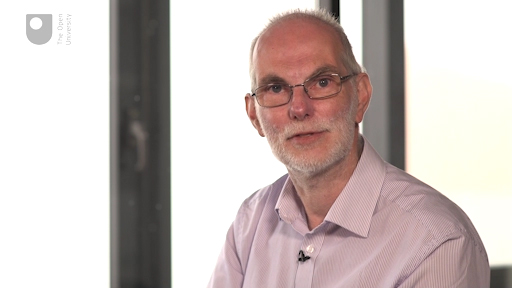Week 7: Variable stars
Introduction
In recent weeks you have learned how stars are powered by nuclear reactions in their cores and seen how classifying stars on the Hertzsprung-Russell (HR) diagram allows us to visualise their characteristic groupings, in particular the main sequence on which most stars typically spend a large part of their stable lifetime.
This week we will look at how stars evolve once their main sequence lifetime comes to an end, and in particular at the instability strip on the HR diagram and the reasons why some stars become variable at certain stages in their lifetime.

Transcript
At the end of this week you will use COAST to start taking your own images of a variable star in order to measure how its brightness changes. Next week, you will combine your measurements with those taken by others at different times to produce a light curve which shows the variation of your star over time.
By the end of this week you will be able to:
- understand more about the life cycles of stars, in particular what happens to stars of differing masses when they reach the end of their main sequence lifetime
- understand how the mass of a star will determine its eventual fate
- understand the three main types of variable stars: pulsating stars, eclipsing binaries and cataclysmic variables
- be able to identify a suitable target star from a list of known variables and schedule your own observations with COAST.
